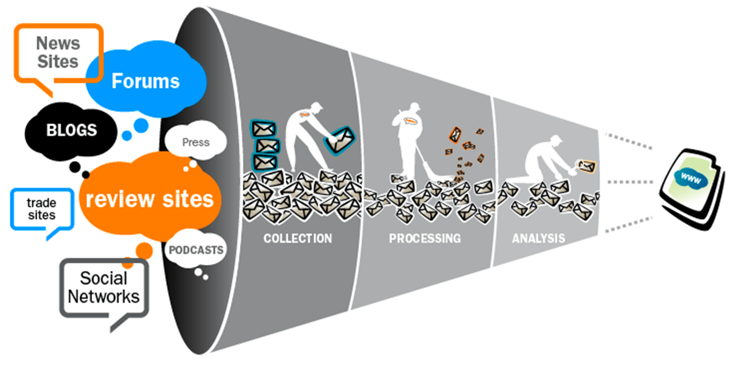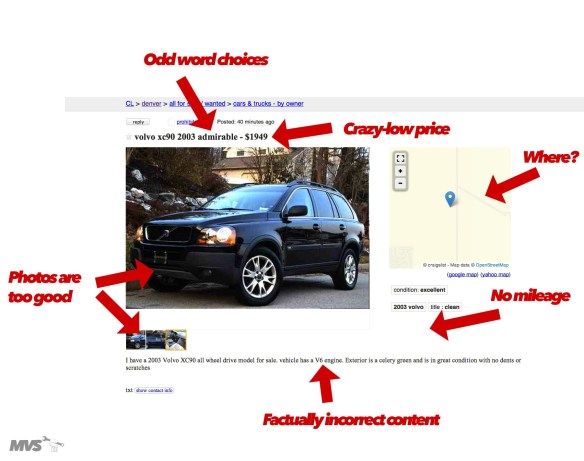For many professions, including private investigators, law firms, and insurance companies, social media and online research on individuals has opened a new venue for assisting with investigations into court cases, insurance fraud, and other situations.
While it can be done, it can also be time consuming and frustrating. The more common the name, and the less information that is being used to search for a person’s online activity, the longer it can take. One roadblock is information that does not actually belong to the person you’re looking at – their information is getting mixed up with someone else with the same name.
In talking with folks in the industry, this is a pain point that not only makes it more difficult to search for people online, but it also gives the impression that the quality of such searches is not great. This can make investigators leery and question the benefit of conducting such research.
It’s important to remember a few key points when considering options for conducting social and online research:
1. Software is good, but will never be perfect. Whether it’s a DIY online search platform or TLO/Tracers/IDI report, there is a chance that information will be provided that does not in fact belong to the individual you’re interested in, whether it’s a phone number, email address, or social site. The opportunity for false positives is there no matter what platform is being used.
It’s important to utilize multiple software platforms – what one will pick up, another will miss, and what one provides as a “false positive” another will not pick up at all. Each platform works off its own algorithm, or process for producing search results based on what information is provided about an individual.
If an investigator is using such programs to conduct a search, they can be very valuable. However, it is important to keep in mind that not all information provided will be accurate; these are meant to be used as a starting point in an online investigation – manual research & identification will be needed to confirm whether a piece of information really belongs to the person you’re looking at. Typically, if it’s not readily clear from the initial search, a good rule of thumb is to find three pieces of confirmation to ensure it’s the person’s social account or site.
Here’s an example: if you find a Facebook page that you think belongs to the individual, but perhaps it’s not really clear just from looking at the user name or “About” section, take a look at their friends list, places they’ve checked in, “About section” to see if birthdays or employers are listed, etc. If you can identify the location of the individual whose Facebook page you’re looking at, or maybe confirm that some of their Facebook friends are relatives that correspond with findings from a TLO report, then you can be more certain that it’s the right account.
2. What may seem to be inaccurate information can actually be a key to what you’re looking for. Sometimes people will see social reports and say something like, “That phone number for Joe is so old and hasn’t been used in years. This report isn’t accurate at all. I want his current phone number.” Valid point, but here’s something to keep in mind: Joe may have accounts, comments, or forum membership tied to these old numbers. While he’s not currently using the phone number, the accounts still live online and are easier to tie to Joe. Sometimes these old accounts are long forgotten, which means they’re not being scrubbed if they are involved in a situation where a lawyer tells them to “clean up their online presence.” This means that there could be valuable information to find based on what seems to be inaccurate information.
3. DIY programs are great, but they are called DIY for a reason. There are many companies who will allow you to purchase a subscription to an online search product to find content posted by or about an individual. As this type of research has evolved, the services have greatly improved. There is definitely a place for do it yourself search programs – but you have to do it yourself. No matter what the company claims, it will not be as simple as entering some information about an individual and being presented with all of the person’s online activity without any false positives or inaccurate information. It’s going to take you (the “yourself” part in DIY) to validate, investigate, and determine the validity of the results. Before deeming a DIY program as not useful, remember its actual purpose and that it is not meant as a be all end all service. And, if the company is promising that it is, you may want to reconsider using it.
4. There is no magic bullet – online research takes a lot of time. There’s no way around it. While we all wish a software platform would be created to give us instant and completely accurate results, this will likely never happen. Why? Things are changing all the time, whether it’s social media privacy laws, Google algorithm updates, or any number of things that can change in an instant. This is where online and social media research gets tricky and frustrating, leaving people to give up easily. Software can not be relied on as a standalone product – manual research is needed to confirm the validity of the information provided, and then take that information as a starting point and fleshing out what can be found through manual searching. When multiple platforms and other similar products are used simultaneously, the time spent can be greatly reduced. This is why it can be useful to turn to a full-service social media and online research service – they often have efficiencies in place to search quicker and provide more accurate results, which saves a lot of time for those needing to conduct investigations.
DIY platforms and other data gathering programs are great, but before you consider them to be inaccurate or not helpful, keep in mind that they are only as good as the person using them for research. Take them for what they are and realize that they will not be the magic bullet to quickly investigate an individual’s online activity.





